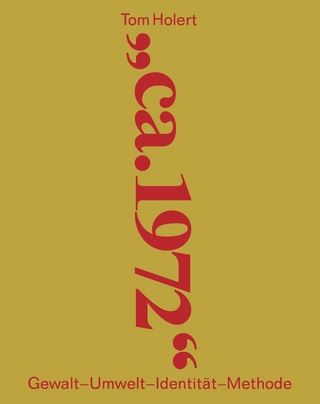
The United States Marine Corps in the Korean War
Rare Photographs from Wartime Archives
Seiten
2021
Pen & Sword Maritime (Verlag)
978-1-5267-6537-6 (ISBN)
Pen & Sword Maritime (Verlag)
978-1-5267-6537-6 (ISBN)
Despite prolonged intense combat, the Korean War remains underwritten about.
On June 25, 1950, the North Korean Army invaded South Korea. Among the US forces sent to South Korea was the 1st Marine Division. In September 1950, the Division audaciously landed deep behind enemy lines at Inchon port, throwing the North Korea Army into disarray.
In November 1950, the Chinese Army invaded North Korea with eight divisions tasked with the destruction of the 1st Marine Division at the Chosin Reservoir. The Marines made a 78-mile fighting withdrawal in arctic conditions before being evacuated by the US Navy.
In February 1951, the 1st Marine Division returned to combat assisting Eighth (US) Army to repulse five Chinese Army offensives over four months. By November 1951, the large-scale back and forth offensives operations by the opposing sides had ended, replaced by a stalemate which lasted until the 27 July, 1953 armistice. The bitter three-year conflict accounted for the death of 4,267 Marines with another 23,744 wounded.
In classic Images of War style, expert author Michael Green describes the Marine Corps' outstanding contribution, organization, tactics, fighting doctrine and weaponry.
On June 25, 1950, the North Korean Army invaded South Korea. Among the US forces sent to South Korea was the 1st Marine Division. In September 1950, the Division audaciously landed deep behind enemy lines at Inchon port, throwing the North Korea Army into disarray.
In November 1950, the Chinese Army invaded North Korea with eight divisions tasked with the destruction of the 1st Marine Division at the Chosin Reservoir. The Marines made a 78-mile fighting withdrawal in arctic conditions before being evacuated by the US Navy.
In February 1951, the 1st Marine Division returned to combat assisting Eighth (US) Army to repulse five Chinese Army offensives over four months. By November 1951, the large-scale back and forth offensives operations by the opposing sides had ended, replaced by a stalemate which lasted until the 27 July, 1953 armistice. The bitter three-year conflict accounted for the death of 4,267 Marines with another 23,744 wounded.
In classic Images of War style, expert author Michael Green describes the Marine Corps' outstanding contribution, organization, tactics, fighting doctrine and weaponry.
Michael Green is the author of numerous acclaimed books in the Images of War series including Armour in Vietnam, US Navy Aircraft Carriers, US Battleships, US Navy Submarines, The Patton Tank, US Naval Aviation, American Infantry Weapons, MI Abrams Tank, Combat Aircraft of the USAF, Allied Tanks of the Second World War, Allied AFVs of the Second World War, Axis Tanks of the Second World War , Axis AFVs of WW2, US Military Helicopters and United States Airborne Divisions 1942-2018. He lives in California.
| Erscheinungsdatum | 29.04.2021 |
|---|---|
| Reihe/Serie | Images of War |
| Zusatzinfo | 250 black and white illustrations |
| Verlagsort | South Yorkshire |
| Sprache | englisch |
| Maße | 189 x 246 mm |
| Themenwelt | Geschichte ► Allgemeine Geschichte ► Zeitgeschichte |
| Geschichte ► Teilgebiete der Geschichte ► Militärgeschichte | |
| Sozialwissenschaften ► Politik / Verwaltung | |
| ISBN-10 | 1-5267-6537-3 / 1526765373 |
| ISBN-13 | 978-1-5267-6537-6 / 9781526765376 |
| Zustand | Neuware |
| Informationen gemäß Produktsicherheitsverordnung (GPSR) | |
| Haben Sie eine Frage zum Produkt? |
Mehr entdecken
aus dem Bereich
aus dem Bereich
Gewalt, Umwelt, Identität, Methode
Buch | Softcover (2024)
Spector Books OHG (Verlag)
CHF 49,95


